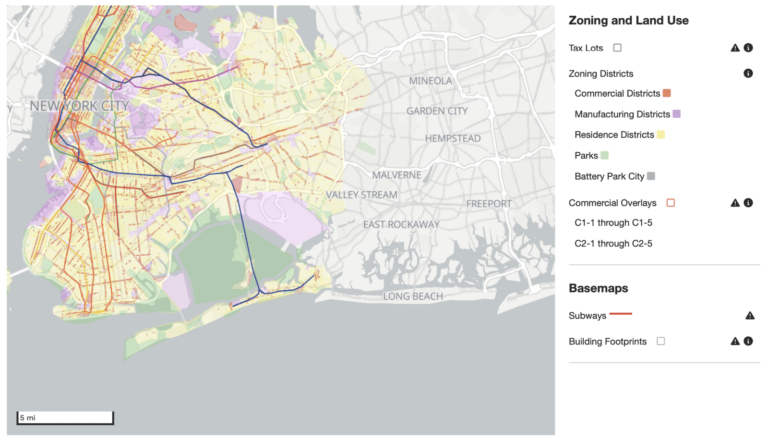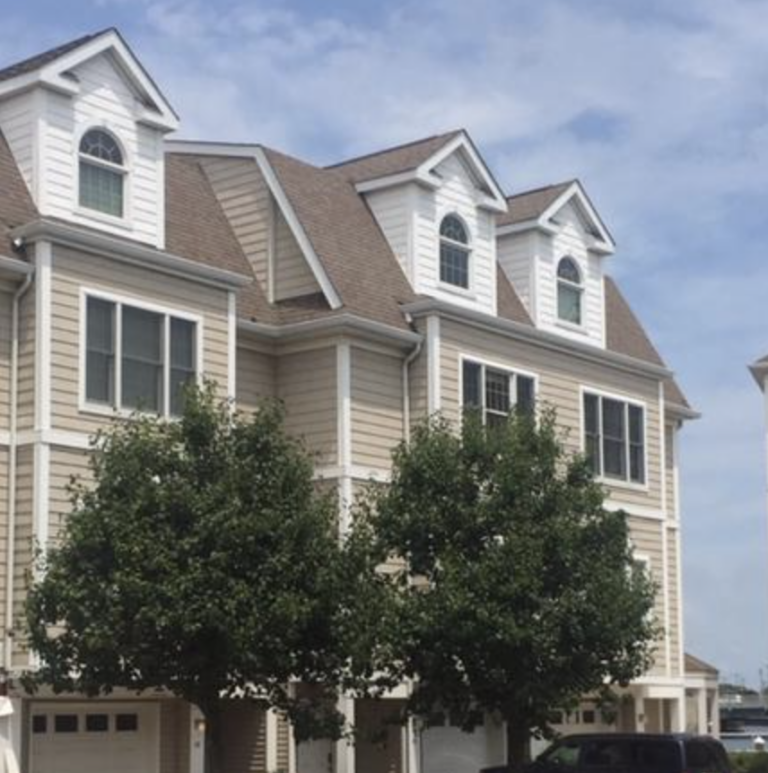By Christopher D. Ling | June 2024

As an experienced forensic architect, I have encountered the intricate web of design, construction, and legal considerations that define the architectural profession. The world of
architecture is where creativity and innovation converge to shape our physical environment. I have been involved in copyright infringement cases, ranging from unapproved reuse of stock plans to use of plans without payment. This has included theft within the unique design/building process to architectural software stealing.
This essay will delve into the realm of architectural copyright protection, shedding light on when and how architects should safeguard their creative works. Here, the reader should be aware that the designs of one of the most famous buildings in the world were involved in a copyright fight.
Were the Freedom Tower Designs a Product of Copyright Theft?
In the 2005 legal case Shine v. Child, Thomas Shine alleged copyright infringement against architect David M. Childs and Skidmore, Owings Merrill, LLP (SOM) under the U.S. Copyright Act. Shine, a student at the Yale School of Architecture in 1999, claims to have created original skyscraper designs known as “Shine 99” and “the Olympic Tower.” He contended that Childs, who was part of the panel evaluating Shine’s student work, later incorporated these designs into the initial plan for the Freedom Tower at the World Trade Center site.
Shine’s favorable presentation of these student designs, including praise from Childs, was documented in the Yale alumni magazine Retrospecta. Despite no subsequent contact, Shine asserts that Childs’ design for the Freedom Tower, unveiled four years later, infringed upon Shine’s copyrighted designs.
Childs argued in response that Shine 99 and Olympic Tower did qualify as architectural works under the Copyright Act, asserting their lack of originality and functionality. Childs denied copying the designs and claimed there was no substantial similarity with the Freedom Tower. Shine countered that both designs were original and copyrightable, alleged actual copying by Childs. Shine asserted that the Freedom Tower is substantially similar to each design in different ways.
The court said that copyright protection did exist for Childs’ work. While some ordinary observers might not find substantial similarity due to noted differences, such as the number of sides that twist, the direction of the twist, and the shape of the ground floor, it was acknowledged that intentional changes by the defendants could be a legitimate factor in avoiding infringement. However, considering the total concept and feel, the court said it was plausible that a lay observer might find substantial similarity based on shared artistic expression. Due to the potential for reasonable jurors to disagree on the substantial similarity between Olympic Tower and the Freedom Tower, the court denied the Child’s motion to dismiss the suit. That case was later settled out of court by the parties.

(Courtesy United States Library of Congress.)
When to Consider Copyright Protection
Copyright protection is one area of many that support the argument for using AIA form contracts. Copyright protection is contemplated by these agreements allowing the parties to decide if the client of the architect becomes the owner of the designs or has a license to use the design a certain number of times.
Architects should contemplate copyright protection when their work encompasses originality and unique artistic expression. Here are key scenarios where architects should consider protecting their intellectual property through copyright:
Software: If an architect comes up with a unique process in design, which may include software, this software is copyrightable. Often architectural companies devise a business process that makes the business more efficient and gives them a competitive edge. This process or software is intellectual property that can be protected.
Original Concepts: Architects should explore copyright protection for original concepts, which can include innovative building layouts, spatial arrangements, and distinctive floor plans. Copyright safeguards the creative components that contribute to a building’s uniqueness.
Design Development: During the design phase, architects generate unique and creative design elements. Copyright protection is particularly relevant for distinctive design aspects that enhance a building’s aesthetics, like innovative facades, artistic interior spaces, or decorative elements.
Artistic Elements: Architectural designs often incorporate artistic elements, such as sculptures, murals, or unique decorative details. Architects should consider copyright protection for these artistic contributions, as they form an integral part of architectural work.
Collaborative Projects: In collaborative architectural projects, architects may want to clarify copyright ownership and usage rights through contractual agreements. Such agreements help avoid disputes and provide clarity on copyright protection.
Highly Creative Projects: When architects embark on projects that push the boundaries of creativity and incorporate artistic and expressive elements, copyright protection can ensure the preservation of their intellectual property rights.
How to Implement Copyright Protection
Architects can take several the following steps (which should include consulting with competent legal counsel) to implement copyright protection for their creative works:
Notices on drawings: putting catch-all notes on drawings can help. We often see notes regarding copyright on drawings. These may or may not be enforceable, depending on the contract language. Also, be specific about the intent of the drawings you are producing. Identify the project for which the plans are to be used. Identify if the drawings are for “Bidding Purposes Only”, “Permitting Purposes Only” “Construction Purposes”, or “NOT for Construction.”
Copyright Registration: Registering architectural designs with the U.S. Copyright Office is a proactive measure that provides added legal benefits. Registered designs offer architects the ability to pursue statutory damages and attorney’s fees in copyright infringement cases.
Contractual Agreements: Architects can establish contractual agreements that explicitly detail copyright ownership, usage rights, and limitations. These agreements help architects maintain control over their intellectual property and reduce the risk of disputes.
Regular Monitoring: To protect their copyright, architects should regularly monitor the use of their designs. This includes tracking any unauthorized reproductions, modifications, or distributions. Early detection is crucial in addressing infringement.
Enforcement: Architects must be prepared to take legal action when copyright infringement is detected. Consultation with legal counsel experienced in intellectual property and copyright law is advisable to navigate the complexities of enforcement.
Documentation: Maintaining meticulous records of the design process, including initial sketches, drafts, and communications, can serve as valuable evidence in copyright disputes. Detailed documentation supports architects in asserting their copyright claims.
Client and Collaborator Education: Educating clients, contractors, and collaborators about copyright laws, limitations, and usage rights is essential. Raising awareness can help prevent unintentional infringement and promote a clear understanding of copyright boundaries.
Conclusion: Protecting Architectural Creativity
The field of architecture is a canvas where architects paint their visions, dreams, and innovative ideas. As creators of extraordinary structures, architects deserve recognition and protection for their intellectual property rights. Architectural copyright, though presenting unique challenges due to the functional aspects of buildings, plays a pivotal role in securing these rights.
Balancing the creative spirit with the need for copyright protection is a vital aspect of architectural practice. Architects should remain vigilant, informed, and proactive when it comes to safeguarding their creations. By taking these steps, architects can continue to contribute to the beauty and diversity of our built environment while preserving their intellectual property rights for generations to come.
Christopher D. Ling, AIA, NCARB, PP, LEED AP, is a seasoned construction expert with over three decades of experience. As a Registered Architect and Professional Planner, he has authored reports for 1000+ construction cases, totaling $2 billion. Founder of ARCHforensic® LLC, Ling specializes in resolving litigation claims through meticulous investigation and expert testimony.
To read more about the Architect and copyright protection, click here.
(link to PDF of “Copyright Protection of Architectural Work.”)







